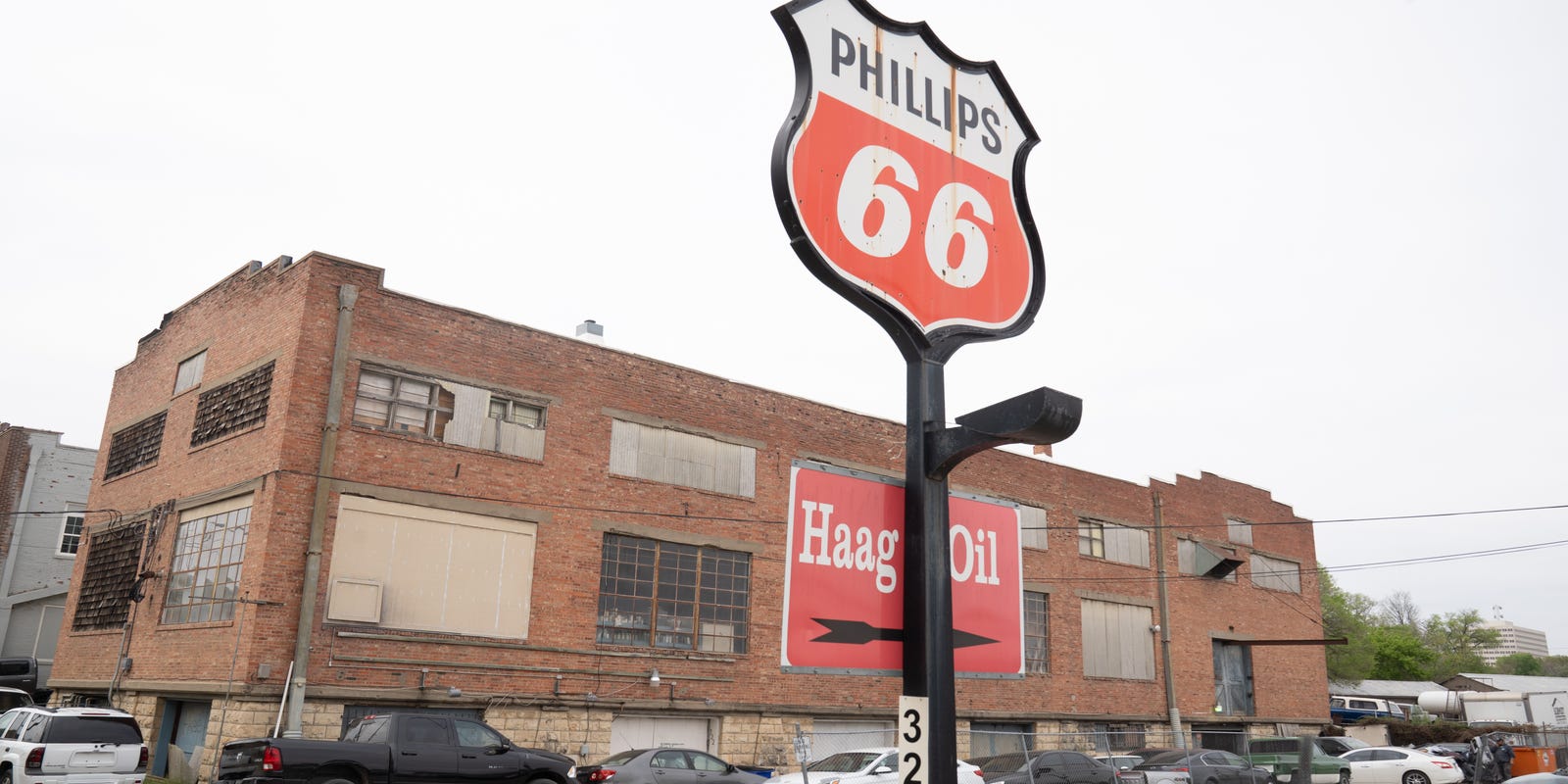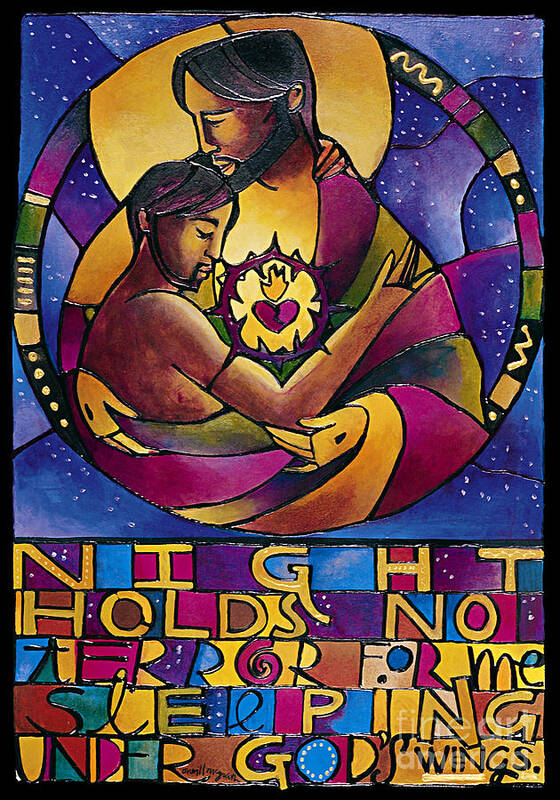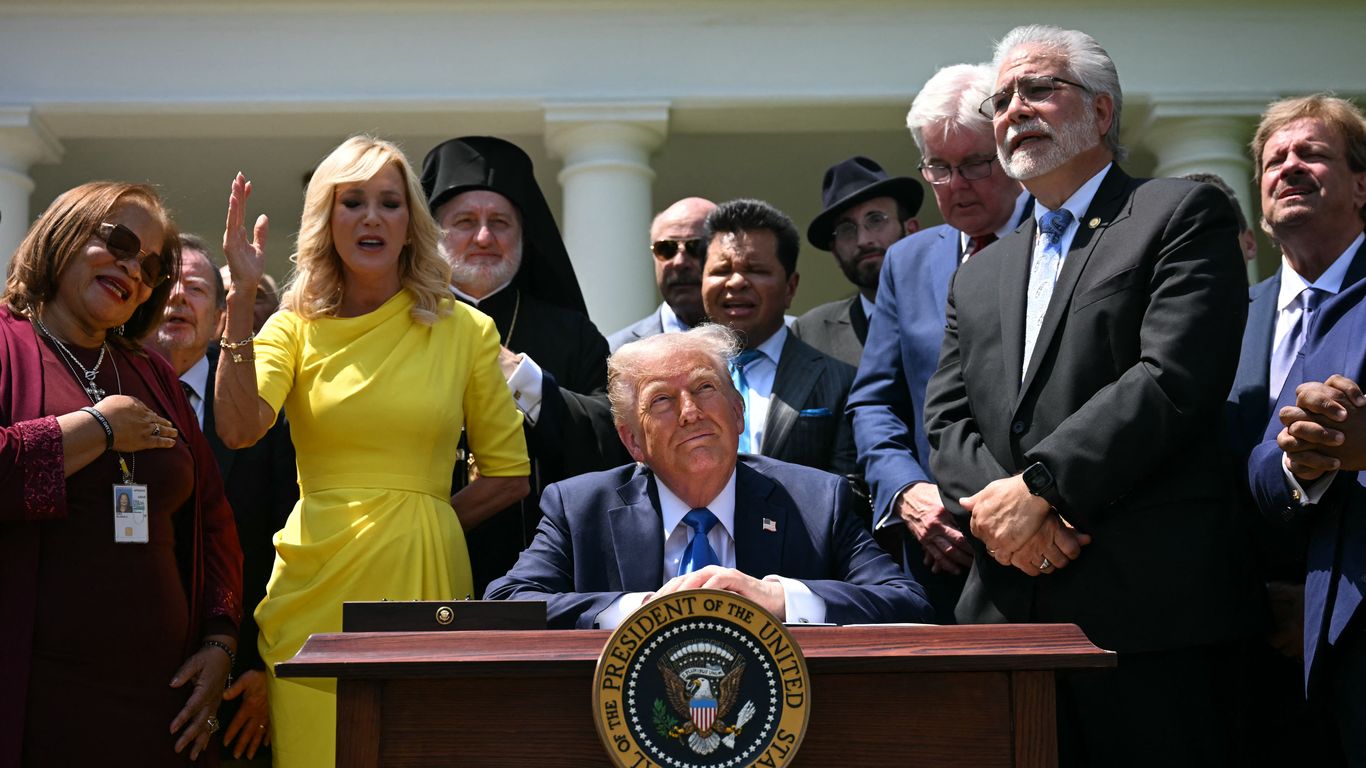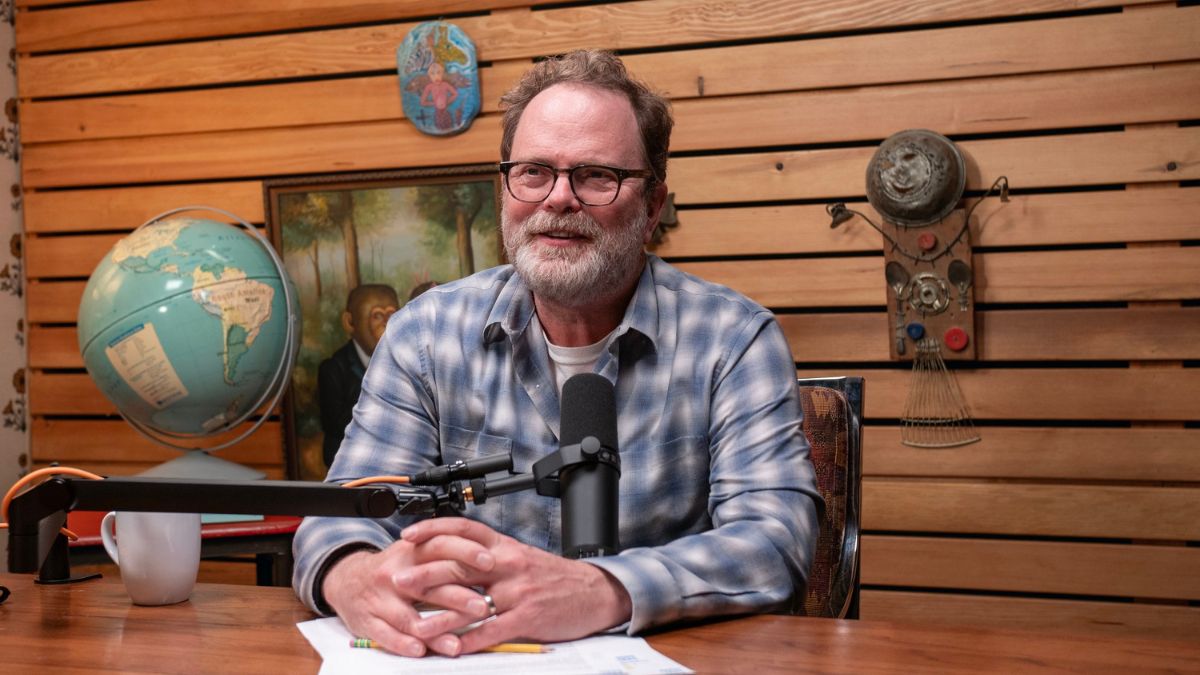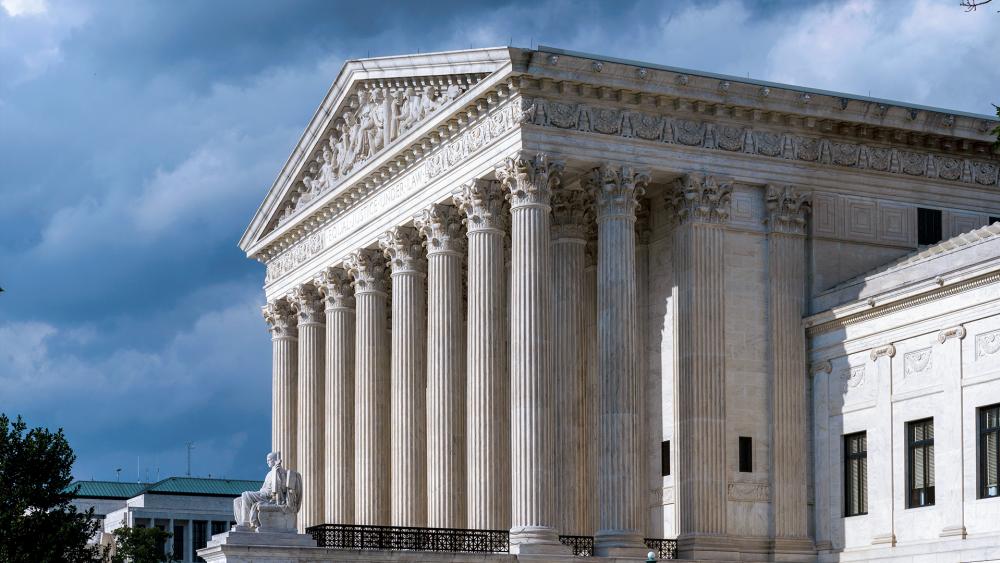Faith in Flux: How the Pandemic Reshaped Spiritual Landscapes
Religion
2025-03-19 03:00:01Content
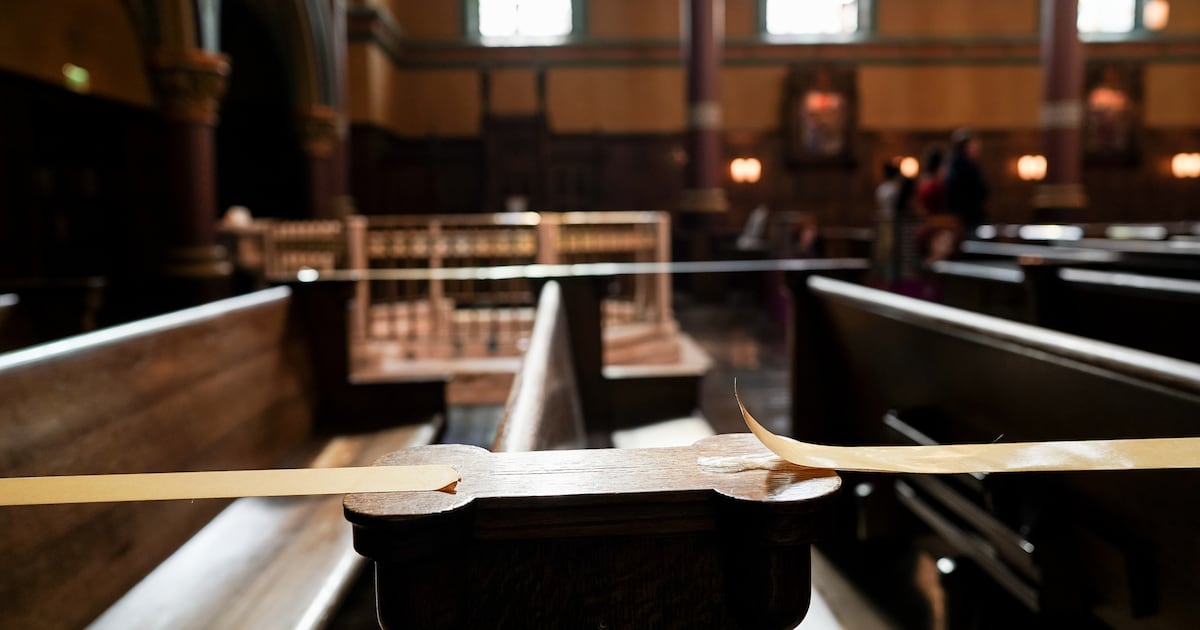
When COVID-19 swept across the nation, churches faced an unprecedented challenge: how to maintain spiritual connection while keeping congregants safe. Overnight, traditional worship services transformed from packed sanctuaries to virtual gatherings, as religious communities rapidly adapted to the new pandemic reality.
Pastors and church leaders quickly embraced digital technologies, turning to livestreams, video conferencing, and online platforms to continue their ministry. Sunday services that once relied on in-person interactions suddenly became virtual experiences, with congregants joining from their living rooms, bedrooms, and home offices.
This dramatic shift wasn't just about technology—it represented a profound reimagining of community worship. Churches discovered innovative ways to foster spiritual connection, from drive-through communion to outdoor services and carefully distanced small group meetings. The pandemic forced religious institutions to be creative, resilient, and deeply committed to maintaining their sense of community despite unprecedented challenges.
As weeks turned into months, many churches developed hybrid models that combined online and in-person worship, ensuring that no member of their congregation would feel isolated or disconnected during these challenging times.
Spiritual Resilience: How Religious Communities Transformed Worship During a Global Crisis
In the unprecedented landscape of the COVID-19 pandemic, religious institutions faced an extraordinary challenge that would test their adaptability, technological prowess, and spiritual commitment. As traditional gathering spaces became potential viral transmission zones, churches, synagogues, mosques, and other places of worship were compelled to reimagine their fundamental connection with congregants.Navigating Unprecedented Spiritual Challenges in a Pandemic World
Digital Transformation of Religious Practices
The pandemic catalyzed an unprecedented digital revolution within religious communities. Congregations rapidly embraced technological platforms, transforming centuries-old worship traditions into virtual experiences. Pastors, priests, and religious leaders became unexpected technology pioneers, learning to stream services, conduct virtual prayer meetings, and maintain spiritual connections through screens. Zoom, YouTube, and Facebook Live became the new sanctuaries, allowing worshippers to participate in religious ceremonies from the safety of their homes. This digital migration wasn't merely a temporary solution but represented a fundamental shift in how religious communities conceptualize spiritual engagement and community connection.Psychological and Emotional Adaptation
The sudden disruption of traditional worship patterns triggered profound psychological and emotional responses among congregants. Religious leaders became not just spiritual guides but also mental health supporters, offering virtual counseling, online support groups, and compassionate outreach during a time of unprecedented global uncertainty. Many religious communities developed innovative strategies to maintain emotional and spiritual connectivity. Drive-through blessings, socially distanced outdoor services, and personalized digital content became creative mechanisms for preserving community bonds and spiritual practices.Technological Infrastructure and Learning Curve
Religious institutions encountered significant technological challenges during their digital transformation. Many congregations, traditionally less tech-savvy, had to rapidly develop digital literacy, invest in streaming equipment, and train volunteers in online communication platforms. Small churches and rural congregations faced particularly complex challenges, often lacking financial resources for sophisticated digital infrastructure. Community collaborations, technology donations, and volunteer technical support became crucial in bridging these technological gaps.Theological Reimagination and Spiritual Flexibility
The pandemic prompted deep theological reflections about the nature of worship, community, and spiritual connection. Religious leaders explored innovative interpretations of sacred texts, emphasizing themes of resilience, adaptability, and collective healing. Theological discussions expanded to address broader societal challenges, integrating pandemic experiences into spiritual narratives. Sermons increasingly addressed mental health, social justice, community solidarity, and personal transformation during crisis periods.Long-Term Institutional Transformation
What initially seemed like a temporary adaptation evolved into a permanent restructuring of religious institutional practices. Hybrid worship models emerged, combining in-person and digital experiences, offering unprecedented accessibility for diverse congregational needs. Churches recognized the potential of digital platforms to reach broader audiences, transcending geographical limitations. Online giving platforms, virtual community groups, and global spiritual networking became integral components of religious institutional strategies.Social and Community Impact
The pandemic-driven digital transformation of religious practices had profound societal implications. Religious communities became critical support networks, providing emotional, spiritual, and sometimes material assistance to vulnerable populations. Interfaith collaborations intensified, with religious institutions sharing technological resources, supporting community health initiatives, and demonstrating collective resilience during global challenges.RELATED NEWS
Religion

Faith & Community: Exploring Spiritual Insights in the Heart of Hot Springs
2025-04-12 09:00:00
Religion

Terrorists Demand Religious Recitation Before Fatal Shooting in Pahalgam Encounter
2025-04-23 07:29:06
Religion

Spiritual Dosage: Army Aviator's Controversial LSD Defense Sparks Legal and Religious Debate
2025-04-30 12:00:01
